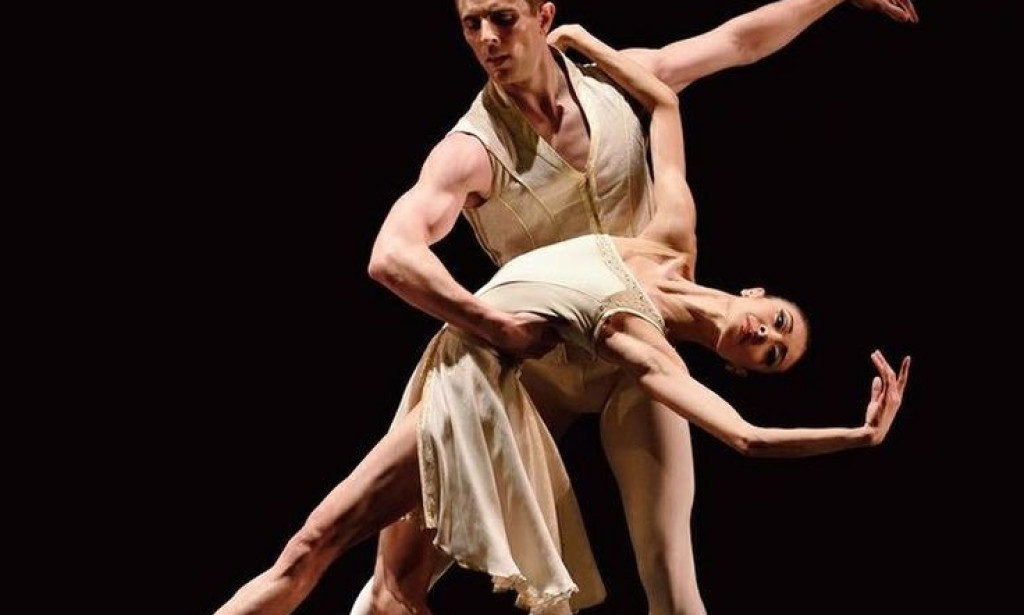Ballroom dancing, a captivating blend of artistic expression and physical discipline, has evolved over centuries into a popular form of social engagement and competitive sport. Originating in the courts of Renaissance Europe, ballroom dance initially catered to the elite, with intricate steps performed in royal ballrooms. The term "ballroom" itself derives from the Latin ballare, meaning “to dance.” Over time, the influence of diverse music genres, from classical waltzes to the energetic rhythms of jazz, transformed ballroom dancing into a worldwide phenomenon enjoyed by people of all backgrounds. Today, ballroom dance includes two primary categories: Standard and Latin. Standard dances like the Waltz, Tango, and Foxtrot emphasize smooth and elegant movements, while Latin dances, such as the Cha Cha, Samba, and Rumba, are characterized by passion, rhythm, and energy.
The history of ballroom dancing is marked by numerous milestones. From its roots in the Renaissance, ballroom dance evolved significantly during the 19th and early 20th centuries. The waltz, for instance, made a notable leap from the aristocratic courts to the broader society, sparking both admiration and controversy due to its close partner hold. As the 20th century progressed, ballroom dancing grew even more dynamic with the influence of jazz and swing, incorporating faster tempos and more intricate footwork. Competitive ballroom dancing became a formalized sport with standardized rules and judging criteria, a movement led by organizations such as the World Dance Council (WDC) and the International Dance Federation (IDF). Ballroom dance, though once a privileged pastime, is now accessible to people of all ages and abilities, with dance schools, competitions, and social gatherings thriving globally.
In addition to being an art form, ballroom dancing offers a wide range of health benefits. It improves cardiovascular fitness, flexibility, and strength, with specific dances like the Quickstep or the Viennese Waltz providing a particularly intense workout. The full-body movements involved in ballroom dance enhance muscle tone and coordination while improving posture and balance. These physical benefits are complemented by numerous mental health advantages. Regular participation in ballroom dancing has been shown to boost memory, cognitive function, and spatial awareness, particularly in older adults. In fact, studies have suggested that ballroom dance can reduce the risk of dementia by stimulating the brain through the memorization of dance routines and patterns. In addition to cognitive benefits, ballroom dance also aids in stress reduction, with the physical movement releasing endorphins, the body’s natural "feel-good" hormones. Engaging in dance can have meditative effects, as it requires concentration and focus, which helps clear the mind of distractions and reduce anxiety.
Beyond its health benefits, ballroom dancing has a profound impact on social well-being. The collaborative nature of partner dancing fosters trust and communication, encouraging dancers to work closely together. This aspect helps build strong interpersonal relationships, especially in social dance settings. As participants learn and improve, they often experience a boost in self-confidence and self-esteem. Overcoming performance anxiety, mastering new routines, and working within a structured yet creative environment all contribute to this growth. The social component of ballroom dancing also creates a sense of community, where dancers interact, form bonds, and share a common appreciation for the art form. These connections are particularly beneficial in combatting loneliness and promoting a sense of belonging, especially for those involved in dance groups or clubs.
Ballroom dancing is also a competitive sport, with numerous prestigious competitions held around the world. Events such as the World DanceSport Federation’s World Championship showcase the skill and precision of professional dancers, judged on factors like timing, execution, and presentation. These competitions offer dancers the opportunity to push the boundaries of their craft, constantly evolving their techniques and performances. Competitive ballroom dancing demands not only physical prowess but also mental focus and creativity, as dancers strive for perfection in every movement. For both professionals and amateurs, competition adds an exciting dimension to the dance experience, inspiring continuous growth and improvement.
The global reach and popularity of ballroom dance highlight its enduring appeal. What began as a noble pastime has become an inclusive activity enjoyed by millions worldwide. Ballroom dance’s unique blend of elegance, physicality, and cultural significance makes it a captivating form of expression that connects people across generations and nationalities. As new generations of dancers continue to innovate and explore different styles, ballroom dance remains a dynamic and vibrant part of both the cultural and fitness landscapes.
In conclusion, ballroom dancing is much more than a form of entertainment; it is a multifaceted discipline that offers numerous benefits for the body, mind, and social connections. Its rich history, the variety of styles, and its ability to bring people together ensure that ballroom dancing remains a cherished and valuable activity for people around the world, transcending boundaries and fostering creativity, fitness, and human connection.

interesting
You must be logged in to post a comment.